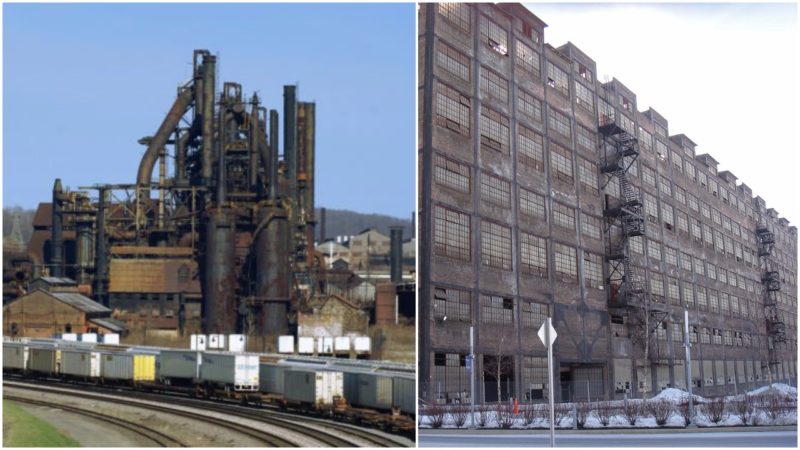During its golden era, the Bethlehem Steel Corporation was the second largest steel producer and the worlds biggest shipbuilder, constructing everything from railroad freight cars to battleships and offshore oil rigs.
The company was founded in 1857 as the Saucona Iron Company and changed its name three or four times until 1899 when it became the Bethlehem Steel Company and later the Bethlehem Steel Corporation. Their main production in the early days was feeding the skyscraper industry of America, making standardized frames for the tall buildings that were on the rise at the time.
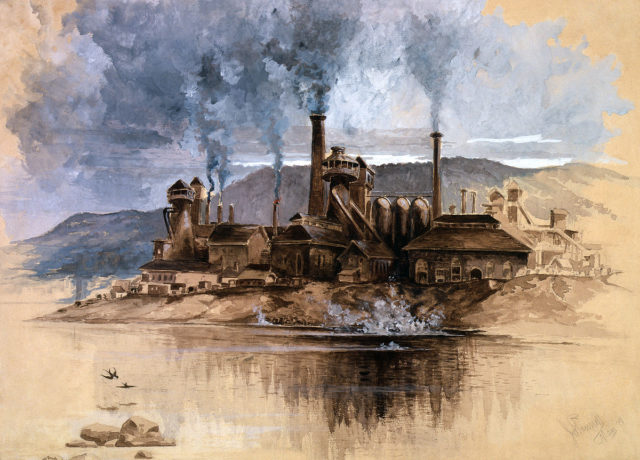
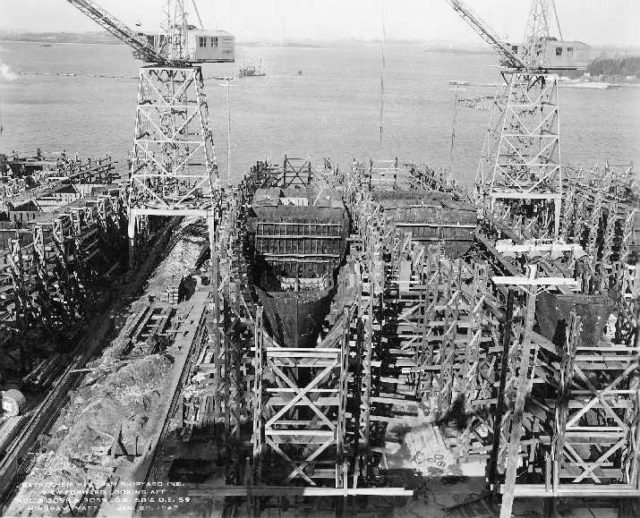
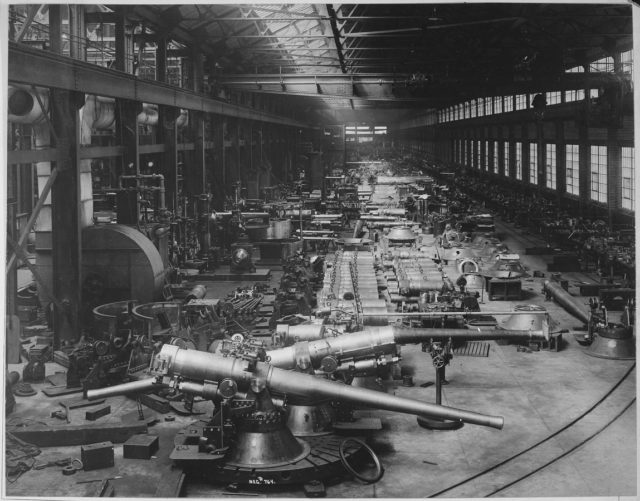
Back in the last days of the 19th century, the Bethlehem Steel Corporation constructed the largest steam-powered hammer in the world, weighing in at 125 tons. However, this was to be replaced by a larger 14,000-ton force hydraulic forging press several years later. With this, the factory became a real leader in the American steel industry and a serious competitor worldwide.

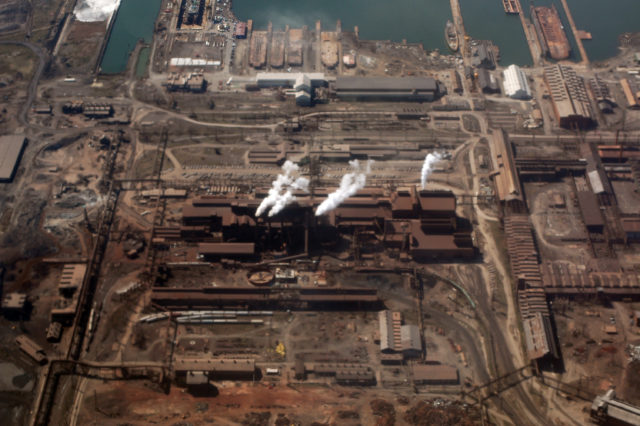
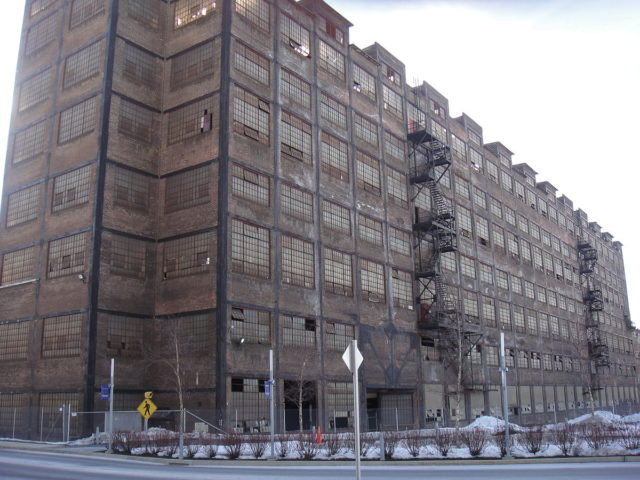
By the middle of the next century, the Bethlehem Steel Corporation produced around 23 million tons of steel per year. This massive growth in production was a result of the destroyed plants in Germany and Japan after the Second World War.
This hyper production lasted around 20-30 years until the facilities around the world were rebuilt. In the 1970s, it became much cheaper to import steel than to produce it. Thus began the decline of the Bethlehem Steel Corporation’s profits.
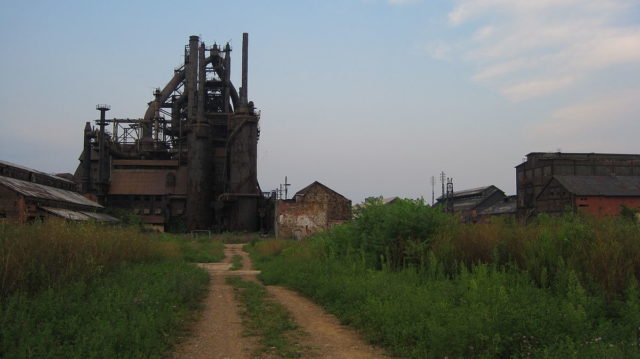
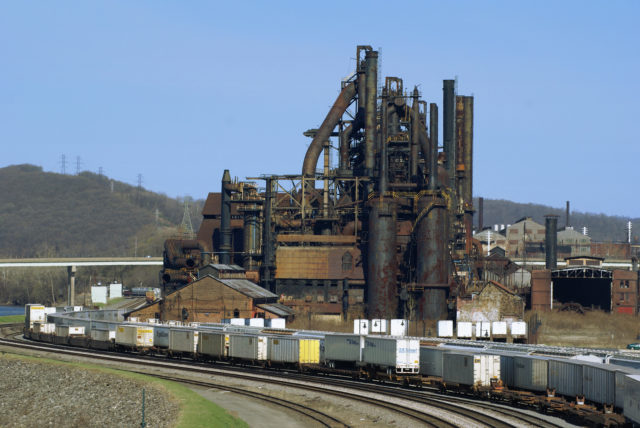
Competitive mills and lower prices led to bankruptcy in 2001 and the company was sold. In 2007, the property was bought by a developer that had plans to build a casino. Some of the former facilities were destroyed to make a place for the casino’s construction. At that point, an ironic twist occurred. The casino developers had trouble finding steel, around 16,000 tons, in order to build it.
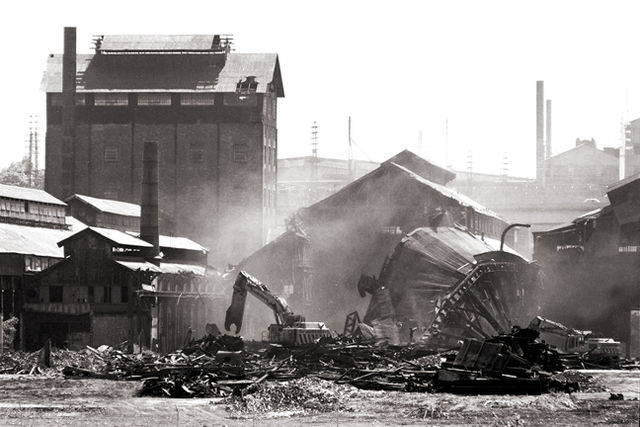
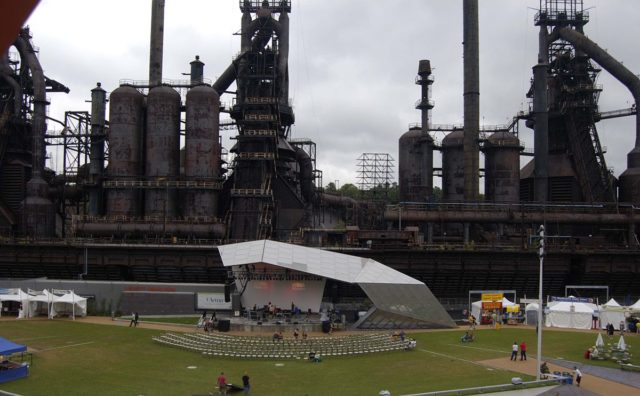
The rusting ruins of the Bethlehem Steel Corporation are still one of the most impressive industrial sites in America. Today, the remains of the factory facilities are used by contemporary artists. The outdoor areas host music venues, leaving the five blast furnaces to rust and serve as a great backdrop for the concerts.
